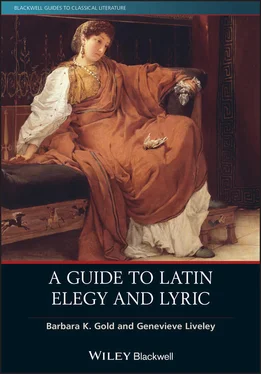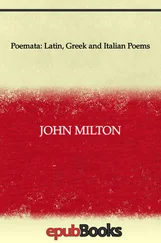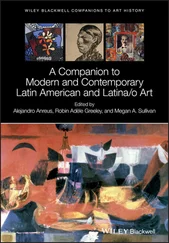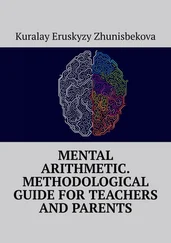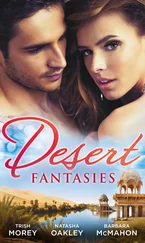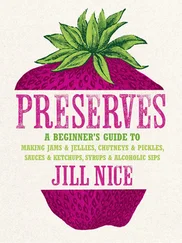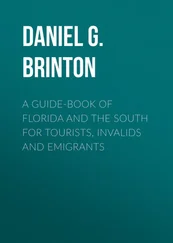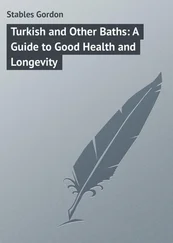7 Bibliography
8 Index
9 End User License Agreement
1 Cover
2 Series Page BLACKWELL GUIDES TO CLASSICAL LITERATURE Each volume offers coverage of political and cultural context, brief essays on key authors and historical figures, critical coverage of the most important literary works, and a survey of crucial themes. The series provides the necessary background to read classical literature with confidence. Published A Guide to Hellenistic Literature By Kathryn Gutzwiller A Guide to Ancient Greek Drama, second edition By Ian C. Storey and Arlene Allan
3 Title Page A Guide to Latin Elegy and Lyric Barbara K Gold Hamilton College Clinton, NY Genevieve Liveley University of Bristol Bristol, UK
4 Copyright
5 Table of Contents
6 Preface
7 Begin Reading
8 Bibliography
9 Index
10 End User License Agreement
1 i
2 ii
3 iii
4 iv
5 v
6 vi
7 vii
8 viii
9 ix
10 x
11 1
12 2
13 3
14 4
15 5
16 6
17 7
18 8
19 9
20 10
21 11
22 12
23 13
24 14
25 15
26 16
27 17
28 18
29 19
30 20
31 21
32 22
33 23
34 24
35 25
36 26
37 27
38 28
39 29
40 30
41 31
42 32
43 33
44 34
45 35
46 36
47 37
48 38
49 39
50 40
51 41
52 42
53 43
54 44
55 45
56 46
57 47
58 48
59 49
60 50
61 51
62 52
63 53
64 54
65 55
66 56
67 57
68 58
69 59
70 60
71 61
72 62
73 63
74 64
75 65
76 66
77 67
78 68
79 69
80 70
81 71
82 72
83 73
84 74
85 75
86 76
87 77
88 78
89 79
90 80
91 81
92 82
93 83
94 84
95 85
96 86
97 87
98 88
99 89
100 90
101 91
102 92
103 93
104 94
105 95
106 96
107 97
108 98
109 99
110 100
111 101
112 102
113 103
114 104
115 105
116 106
117 107
118 108
119 109
120 110
121 111
122 112
123 113
124 114
125 115
126 116
127 117
128 118
129 119
130 120
131 121
132 122
133 123
134 124
135 125
136 126
137 127
138 128
139 129
140 130
141 131
142 132
143 133
144 134
145 135
146 136
147 137
148 138
149 139
150 140
151 141
152 142
153 143
154 144
155 145
156 146
157 147
158 148
159 149
160 150
161 151
162 152
163 153
164 154
165 155
166 156
167 157
168 158
169 159
170 160
171 161
172 162
173 163
174 164
175 165
176 166
177 167
178 168
179 169
180 170
181 171
182 172
183 173
184 174
185 175
186 176
187 177
188 178
189 179
190 180
In our Guide to Latin Elegy and Lyric , we hope to reach both students of Classics and Latin poetry at various levels and those who are interested in the ancient world in an avocational way. When I (Barbara Gold) first reached out to Genevieve Liveley about being my co-author, I don’t think that either of us had any idea how hard it would be to write about Latin elegy and lyric for people who might not know any Latin. But now that we have tackled writers like Catullus, Horace, Tibullus, Propertius, Ovid, and Sulpicia with exactly that audience in mind, I think that the two of us understand Latin elegy and lyric in a different and exciting way. We hope that our readers will be equally excited about this fantastic poetry and might even be tempted to learn a bit of Latin so that they could have a different sort of entry into the poetry.
We have included lots of Latin to help illustrate our discussions and offer a pathway towards some deeper insights into this poetry, but we have included our own translations for everything. We have tried to give some historical and cultural context for each of the authors and then to open up the world of each author by looking at themes, language, and ideas in their poems as well as possible modes of reception. We are very aware that reception of this poetry or any literature will vary depending upon who is doing the reading, so we hope that our understanding of this poetry will allow other, different interpretations that will open up the poetry in interesting and unforeseen ways.
We have included ten chapters: seven are devoted to individual authors or a set of authors, one to contexts of the poetry, one to major themes, and one to critical approaches. We have also written a preliminary chapter of Introduction on “How to Read a Latin Lyric or Elegiac Poem” and a pedagogical section, “How to Teach Latin Lyric and Elegiac Poetry”.
Our first main chapter covers the literary, political, and social contexts of the turbulent period of history in which most of this poetry was composed. Because elegy and lyric respond immediately to their socio-cultural context, it is necessary to understand the events and cultural tides of the time period before we can understand the poetry produced in and from this context. Here we raise such questions as: How did Hellenistic poetry influence the later Augustan poetry? How did increasingly imperial policies influence writers like Tibullus, Propertius, Horace, and Ovid? What differences do we find in the elegists and the lyric poets in the ways they react to the political currents of their times? We also examine the influences of earlier Greek and Hellenistic poetry upon the later Roman lyric and elegiac poetry and consider the role of the early Augustan poet Gallus in shaping the elegiac tradition at Rome. Gallus, who is said by Quintilian to be the first of the elegists, is an important figure whose influence on elegy is clear but whose few extant lines give us only a small clue about exactly what kind of elegy he wrote and why he casts such a broad shadow over the later elegists.
Chapters 2through 8focus on the individual lyric and elegiac poets: Catullus, Horace, Tibullus, Propertius, Ovid, Sulpicia, and other elegists and lyric poets (Lygdamus, the “Amicus” poems from the Corpus Tibullianum , and post-Augustan elegy and lyric). Chapter 2is focused on the first century BCE writer Catullus who wrote both lyric and elegiac poetry. Catullus’ poem 68 is often thought to be the first real elegiac poem; this subjective and intensely erotic poem, which contains mythological figures but is focused on a female beloved (Lesbia), holds within it the seeds of later elegy. Catullus occupies a liminal, awkward position as the first extant author of an elegiac poem but a poet who does not write solely in elegiac meter.
Chapter 3brings us to another poet who also does not quite fit the same mold as the main group of poets studied in this book. Horace wrote entirely lyric poetry. He was apparently Rome’s first and last lyric poet. His lyric Odes draw on Greek and Hellenistic traditions to explore distinctively Roman and Italian themes as he adapts traditional motifs and meters to celebrate the Italian countryside, life at symposia or dinner parties, sex and friendship, time, politics and patronage. His relationships with Maecenas (his patron) and Augustus complicate the political and ideological character of his lyrics, but traces of the satiric and comic edge which characterizes his early work are also evident here.
Читать дальше
